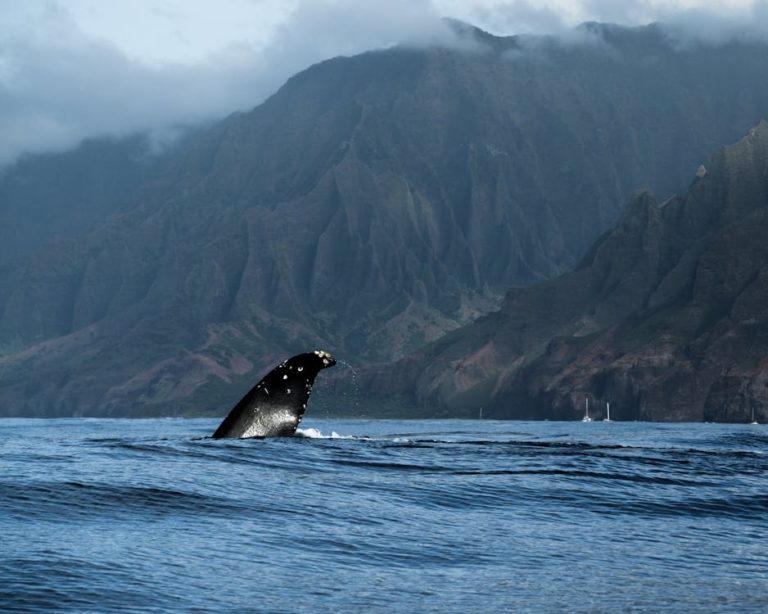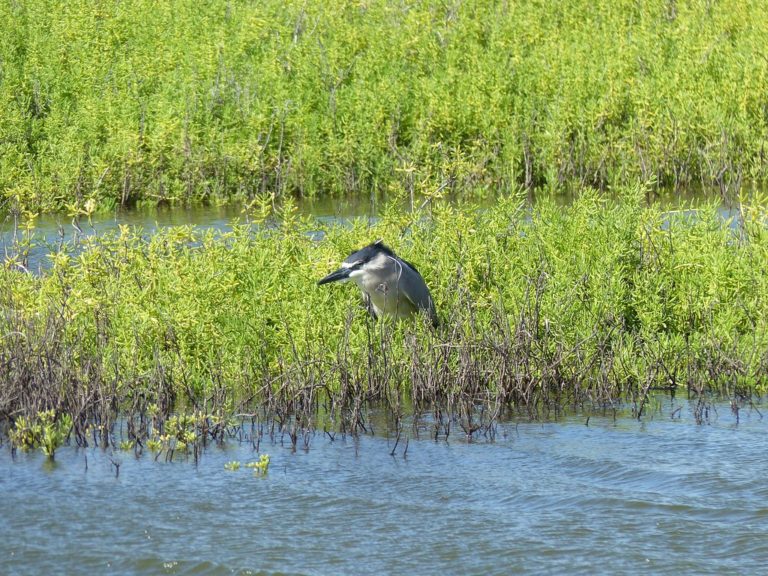Hawaii, with its breathtaking landscapes and rich biodiversity, offers a paradise for nature enthusiasts and wildlife lovers alike. Beyond its iconic beaches and volcanic wonders, the islands boast a network of wildlife sanctuaries and nature reserves that provide refuge to unique species found nowhere else on Earth. In this guide, we’ll take you on a journey through Hawaii’s best wildlife sanctuaries and nature reserves, showcasing the diverse ecosystems and fascinating creatures that call these protected areas home.

Table of Contents
ToggleHakalau Forest National Wildlife Refuge (Big Island):
Located on the slopes of Mauna Kea, Hakalau Forest National Wildlife Refuge is a haven for native Hawaiian birds and plant species. Spanning over 32,000 acres, this lush rainforest sanctuary protects endangered species such as the Hawaiian honeycreeper and the Hawaiian hawk. Visitors can explore the refuge through guided hikes, birdwatching tours, and educational programs led by knowledgeable naturalists. Don’t miss the chance to witness the vibrant colors of the ‘i’iwi bird or listen to the melodious songs of the ‘amakihi as you immerse yourself in the sights and sounds of this pristine wilderness.
Kealia Pond National Wildlife Refuge (Maui):

Kealia Pond National Wildlife Refuge (Maui):
Situated along Maui’s south shore, Kealia Pond National Wildlife Refuge is a vital habitat for migratory birds and native waterfowl. Spanning over 700 acres, this coastal wetland reserve offers excellent birdwatching opportunities year-round, with species such as the Hawaiian stilt, coot, and moorhen commonly spotted along its shores. Visitors can explore the refuge via elevated boardwalks and interpretive trails, learning about the importance of wetland conservation and the unique ecological role played by Kealia Pond in supporting Hawaii’s avian diversity.

Waimea Valley (Oahu):
Nestled on Oahu’s lush North Shore, Waimea Valley is a cultural and botanical gem encompassing 1,875 acres of diverse ecosystems, from lush rainforests to cascading waterfalls. This sacred valley is not only home to a wealth of native plant species but also serves as a sanctuary for endangered birds, insects, and freshwater fish. Visitors can embark on guided walks led by knowledgeable guides, exploring ancient Hawaiian archaeological sites, traditional taro fields, and the tranquil waters of Waimea Stream. Be sure to keep an eye out for the elusive Hawaiian moorhen and the vibrant ‘elepaio as you traverse this verdant paradise.

Hanalei National Wildlife Refuge (Kauai):
Tucked away in the scenic Hanalei Valley on Kauai’s North Shore, Hanalei National Wildlife Refuge is a haven for migratory waterfowl and native wetland species. Spanning over 917 acres, this picturesque refuge offers stunning views of the surrounding mountains and taro fields, providing a serene backdrop for birdwatching and wildlife photography. Visitors can explore the refuge by kayak or canoe, meandering through the tranquil waters of the Hanalei River while observing endangered species such as the Hawaiian duck and the Hawaiian coot in their natural habitat.

Ola'a Forest Reserve (Hawaii Island):
Located on the eastern slopes of Mauna Loa, Ola’a Forest Reserve is a pristine wilderness area teeming with native flora and fauna. Encompassing over 25,000 acres of diverse habitats, including montane rainforests and subalpine shrublands, this remote reserve offers unparalleled opportunities for hiking, birdwatching, and nature photography. Keep an eye out for rare forest birds such as the Hawaiian creeper and the ‘akepa as you traverse the reserve’s network of rugged trails, immersing yourself in the sights and sounds of Hawaii’s untamed wilderness.
From the misty forests of the Big Island to the sun-drenched shores of Maui, Hawaii’s wildlife sanctuaries and nature reserves offer a glimpse into the natural wonders of the Aloha State. Whether you’re an avid birder, a nature photographer, or simply a lover of the great outdoors, exploring these protected areas is sure to leave an impression that lasts a lifetime. So pack your binoculars, lace up your hiking boots, and embark on an unforgettable journey through Hawaii’s indelible landscapes and diverse ecosystems.
Image sources:
1.https://www.pexels.com/@mattdvphotography/
2.”I’iwi (8-30-2017) Hakalau Forest National Wildlife Refuge, Hawaii co, Hawaii -12 (37421814922)” by ALAN SCHMIERER from southeast AZ, USA is marked with CC0 1.0.
3.”Kealia Pond National Wildlife Refuge” by Der Entspannendeis licensed under CC BY-NC-ND 2.0.
4.”Oahu – Waimea Valley” by jmckis licensed under CC BY-SA 2.0.
5.”Hawaiian stilts, ae‘o, at Hanalei” by USFWS Pacificis marked with Public Domain Mark 1.0.